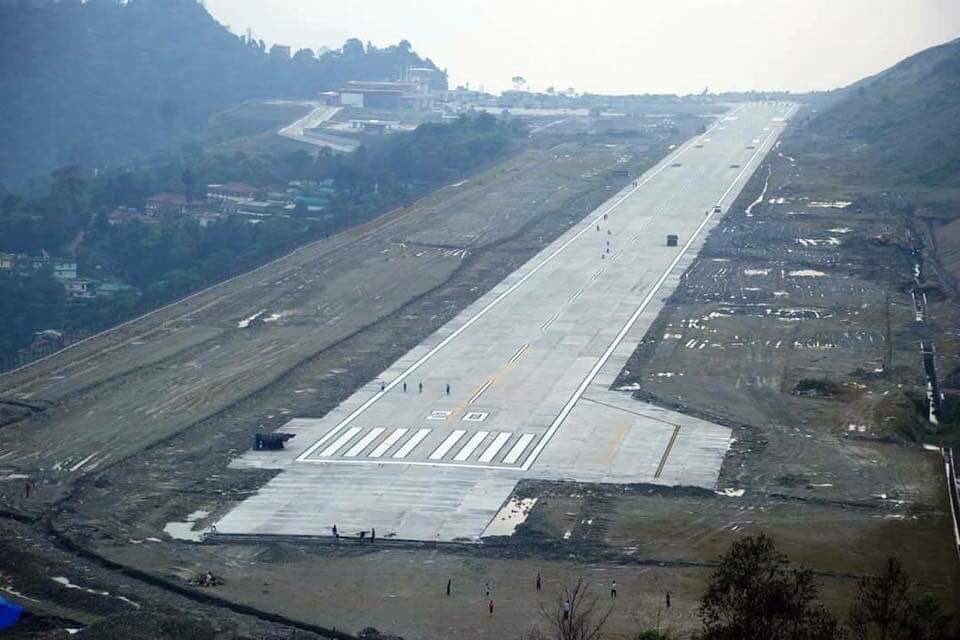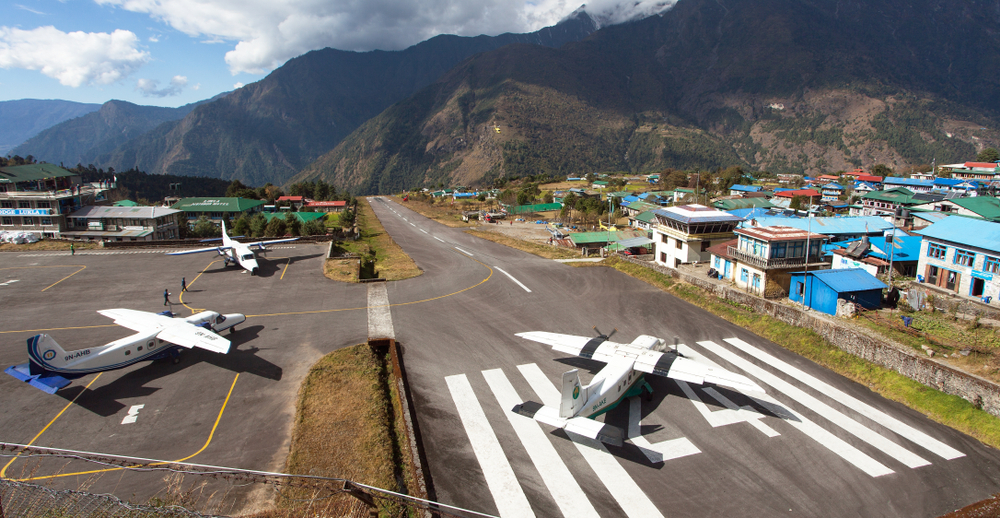In India, development of air connectivity has been taking precedence among the different development schemes and programs that the Government sanctions. In totality, there are 400 airports in the country, functional and non-functional, with 129 of them termed as ‘civil enclaves’. These are areas allocated within a defence airport for civil use. Out of these airports, approximately 20 to 25 are hill airports. Now even though the Ministry of Civil Aviation has not yet established a clear explanation for a hill airport – the definition of ‘hill airport’ varies according to different perceptions – it is exceedingly important that hill airports are either restored or constructed at the same pace as the rest of the country.
Take most of the existing airports in the Northeast. They were built during the British era and need to be, or are currently being, upgraded by the Indian government. The hill airports that are located in the middle of jungle areas lack the navigational aids that modern and developed airports usually have. Installation of facilities such as aprons for ground manoeuvring, air traffic control tower, a security wall, a perimeter road, re-building of the airstrip, etc has to be done in hill airports so that they can be ready for fixed-wing aircraft. With regard to the construction of newer airports, the Central Government has granted 22 airports and helipads to be built in the Northeast region under the Regional Connectivity Scheme of UDAN (Ude Desh ka Aam Naagrik).
To get a better understanding of the overall situation, let’s have a look at how the airports of the following hilly and mountainous regions have dealt with different challenges.
Arunachal Pradesh
Arunachal Pradesh holds great strategic value to India as it is situated on the border with China. This is why it is imperative that the area is connected with the Centre and development of air connectivity is the first step towards this goal. Just this year, the Pasighat Airport was visited by the technical team of Air India to survey the feasibility of landing a flight there. After resolving many issues such as covering drains near the runway and uprooting trees and lampposts, the airline was given the mandatory safety clearance. Under the UDAN scheme, Arunachal Pradesh will have airports in 9 locations.
Sikkim
Sikkim shares a border with China, Bhutan, and Nepal. Under the UDAN scheme, 1 airport has been sanctioned and will be constructed at Pakyong. Until now, Sikkim has been the only state in India to not have a single airport. Individuals would have to land at the Bagdogra Airport in West Bengal and then take 4 hours to drive to Gangtok.

Construction of this long-awaited airport was a formidable challenge for the Airport Authority of India. A hill had to be cut through and a geo-reinforcement wall of 74 meters (one of the tallest in the world) had to be fabricated to expand the width of the runway.
Jammu & Kashmir
While sanctions for the construction of airports in the Northeast region are in place, J&K is one area that has still been included and will get 2 airports. A strategic state just like Arunachal Pradesh and Sikkim, J&K is a priority for the Centre and has to be a part of its goal of connecting India by air. Currently, the Srinagar Airport is an international civil enclave. With regard to the altitude of the state (20,000 feet) and the multiple hill peaks, small aircraft of up to 72 seats are currently not allowed to fly to the existing airports.
What Can Private Plane Charters Expect?
The actual planning and construction of airports in the country – existing and new – falls in the hands of the government. But what can private plane charters expect from these upgraded airports in the future?
For starters, high-quality equipment in terms of refuelling facilities, parking bays, and airport-specific requirements like clearance for foreign nationals and efficient ground-handling operators will greatly help private plane charters function smoothly. Many airports require a 24-hour notice regarding flight plans which means that flying by private plane charter to some locations at short notice becomes impossible.
The growth of private plane charters in India goes hand-in-hand with the quality and development of the country’s airports. Due to the government’s efforts in improving hill air connectivity and hill airports, different regions will soon experience a rapid pace of change and growth. Tourism will improve all over the country. Potential business opportunities will surely arise in areas that were previously neglected and, aided by efficient air landing spaces, more individuals will positively lean towards private plane charters or helicopter rental for their travel needs in the future.


